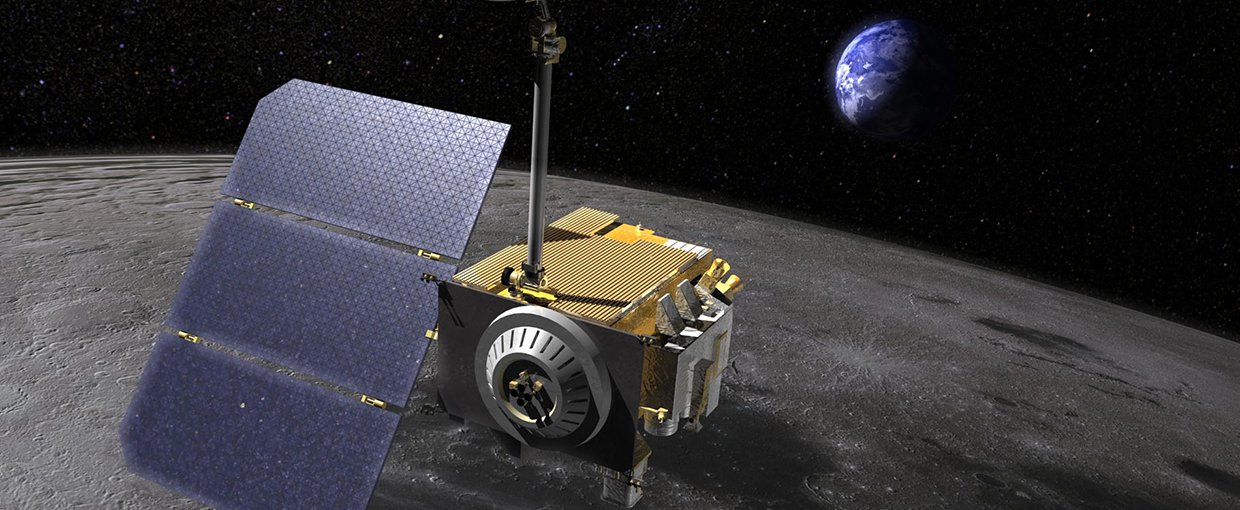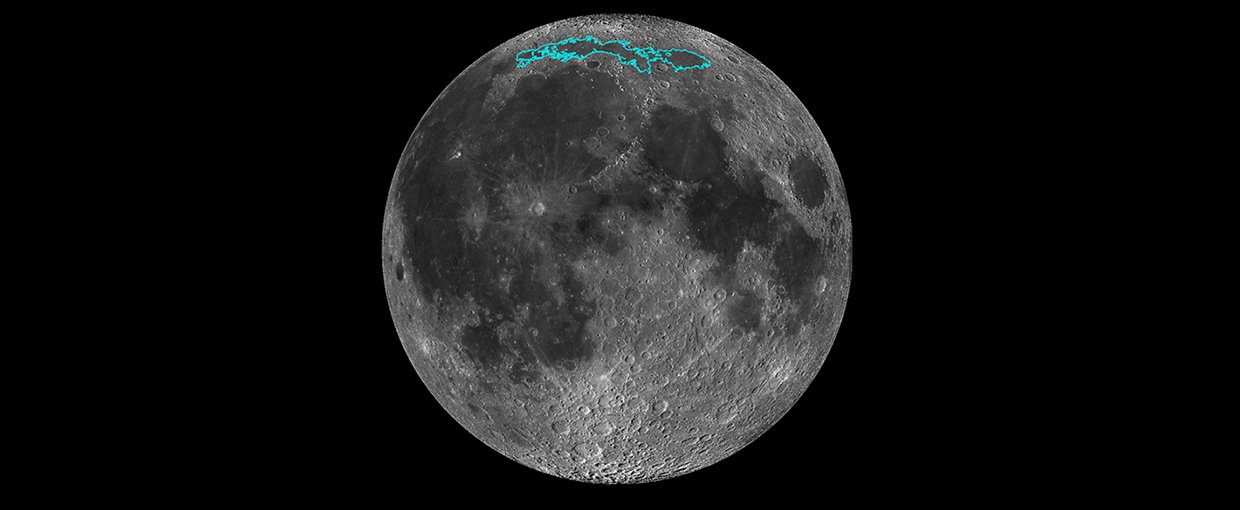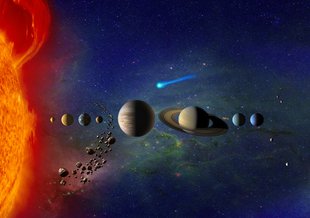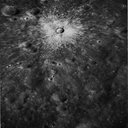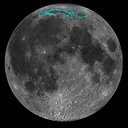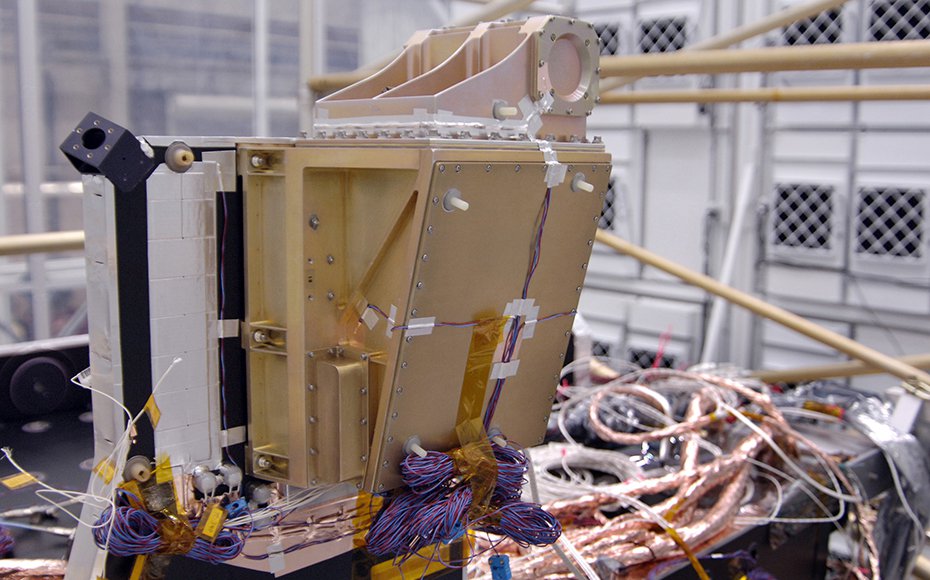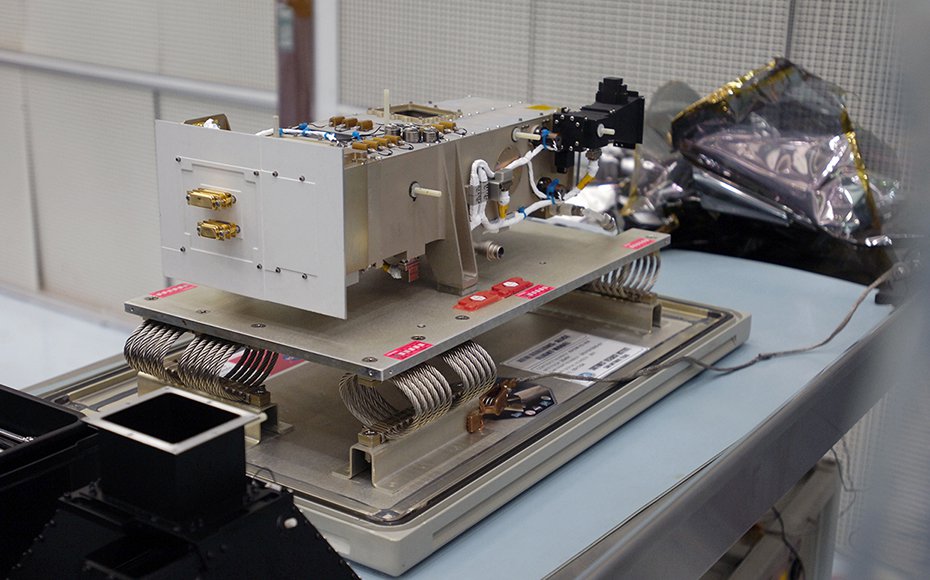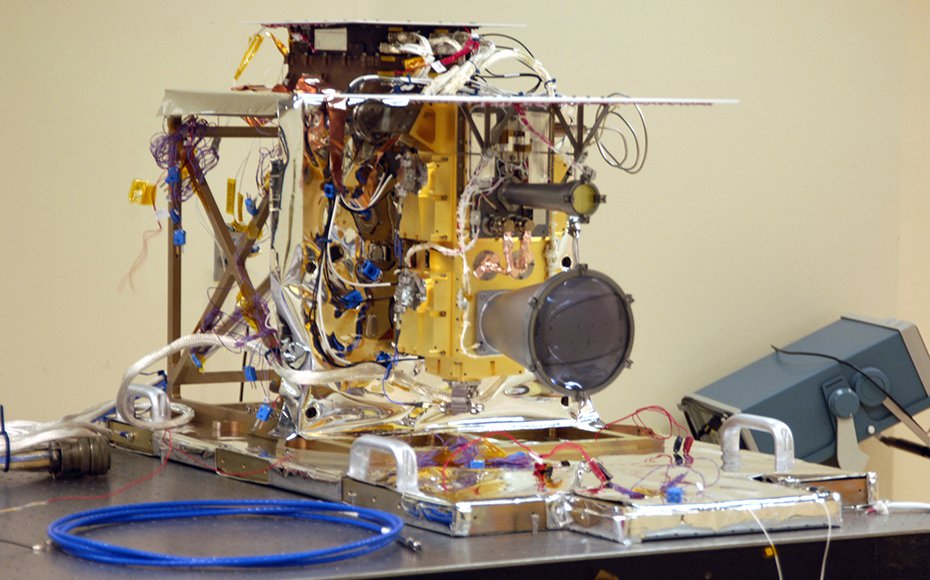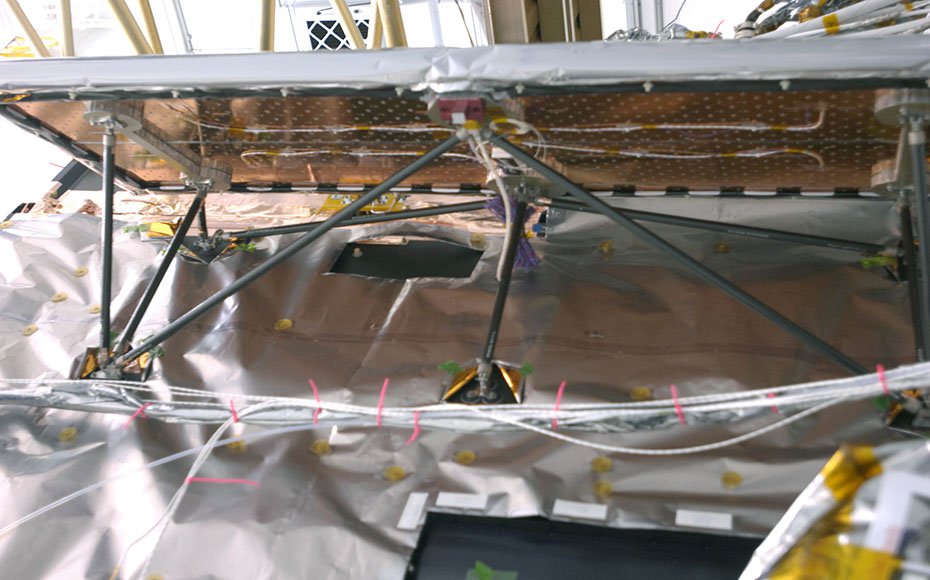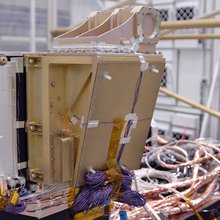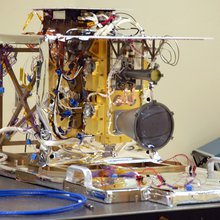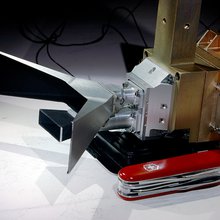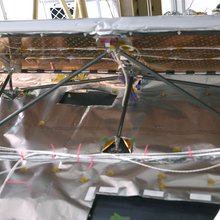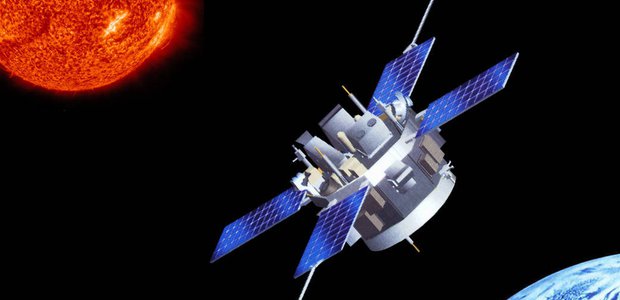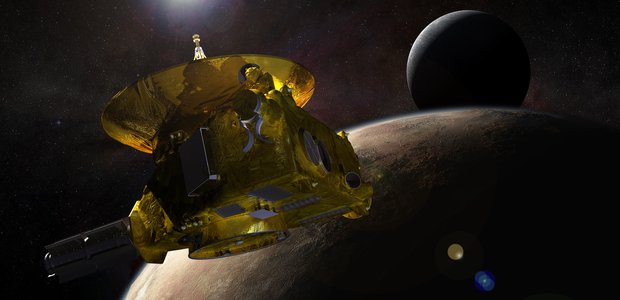- Launch Date June 18, 2009
- Arrival Date June 23, 2009
- Mission TypeOrbiter
- TargetThe Moon
Mission Overview
The Lunar Reconnaissance Orbiter (LRO) is a robotic mission that set out to map the Moon’s surface in high resolution. After a year of exploration, the mission was extended with a unique set of science objectives.
Relevance to Astrobiology
As our nearest neighbor, the Moon is a natural laboratory for investigating fundamental questions about the origin and evolution of the Earth and the Solar System. LRO observations have enabled numerous groundbreaking discoveries, creating a new picture of the Moon as a dynamic and complex body. LRO data has informed scientific investigations that have expanded astrobiologists’ knowledge of the formation and evolution of small, rocky bodies. This data is relevant to understanding other similarly-sized worlds in the Solar System and beyond, such as the moons of other planets like Jupiter and Saturn. LRO imagery has even been used to re-examine previous data about the Moon, including data from the Apollo missions.
NASA Astrobiology Involvement
Astrobiologists supported by the Astrobiology Program have used data from LRO to better understand the history and formation of the Earth-Moon system.
Additional Resources:
NASA’s Lunar Reconnaissance Orbiter Mission and the Moon’s Role in the Solar Eclipse (NASA)

